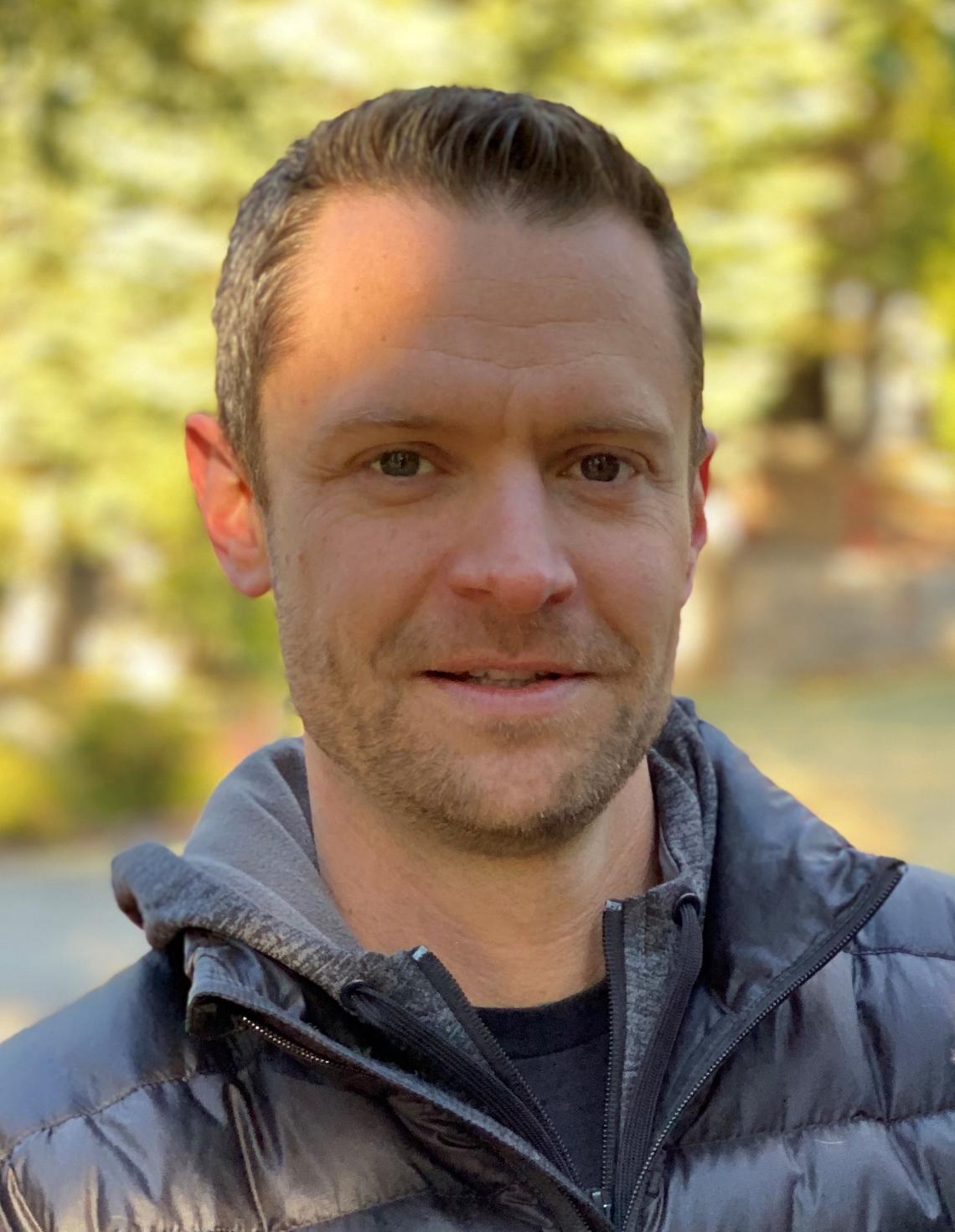2020 Schulich Environment and Sustainability Alumni Award

A message from Ken...
Ken Anderson
MSc (Eng)’13
Ken Anderson is on a mission to help heal our planet. Throughout his education, and now in his career, Ken’s focus is on making the engineering profession, and the world, greener.
Ken has taken his passion for electric vehicles and innovative spirit, and is transforming transportation in our world. Working with OPENER Inc., based in Palo Alto, California, he is the lead electrical engineer for a company that is both making history and shaping the future simultaneously.
Ken joined Canadian mechanical engineer Marcus Leng early in the process of developing an electric personal aerial vehicle. The “stealth company”—solely focused on developing a proof-of-concept prototype—launched the first BlackFly in August 2014. This was the first-ever, human-flown, fixed-wing, all-electric, vertical takeoff and landing (VTOL), ultralight aircraft. The original BlackFly now sits in the Experimental Aircraft Association’s Aviation Museum in Oshkosh, Wisconsin.
Just one month after making history, the company rose out of the shadows, becoming OPENER Inc. and taking residence in a new home in Silicon Valley. The technology could transform how we move ourselves from point A to point B: reducing emissions, energy use, noise pollution, transportation costs and infrastructure maintenance costs dramatically.
Ken’s role—engineering visionary for new sustainable technologies—is not new. After completing an electrical engineering degree at the University of Victoria, he came to UCalgary for a master’s of science in electrical and computer engineering. His main focus: engineering for the environment.
During his time as a student, Ken's notable accomplishments added up. Not only did he complete more courses than required by his grad program, he also achieved an A or A+ in every one. He was the lead electrical engineer for a team of 50+ students that constructed a net-zero energy solar house in 2010. When they took Spo’Pi (the name of the house) to the 2011 Solar Decathalon competition in Washington, DC, it was the most-visited home during the weeklong event.
It was Ken’s contribution that gave the house its unique electrical and aesthetic attributes. His modelling and analysis enabled the team to design an elegant, compound, curved roof - equipped with 37 solar panels. Ken used a self-coded program, rather than a commercial software application, to verify the successful performance of a design that departed from standard solar-panel installation angles. The resulting curved solar-panel design spread multiple, peak power-generation periods across the day.
Described as enthusiastic, intelligent and respectful, Ken gained both the respect of the undergraduate students he patiently mentored, as well as the engineering faculty members who taught him. His work charting photovoltaic output at various azimuth and elevation angles is still in use today. Praised by one professor as the best graduate student he’d ever had, Ken contributed unique new knowledge to solar energy research through his master’s research project, where he developed an original algorithm to simulate and optimize the location and configuration of sun-tracking solar arrays, taking into account self-shading losses at the individual cell level.
